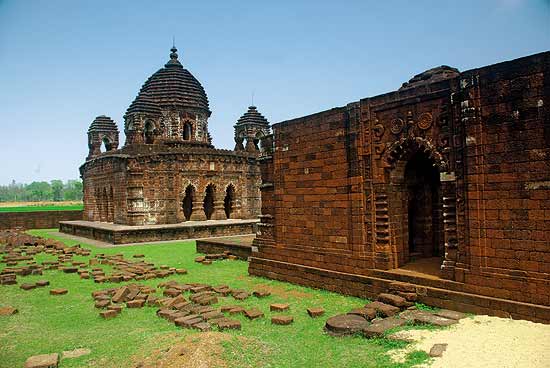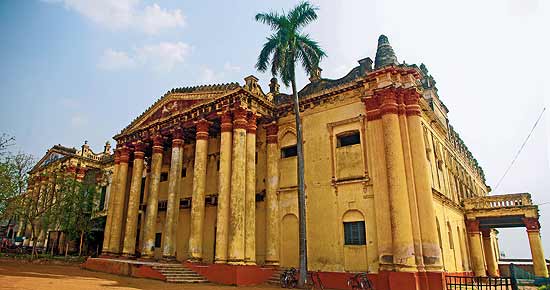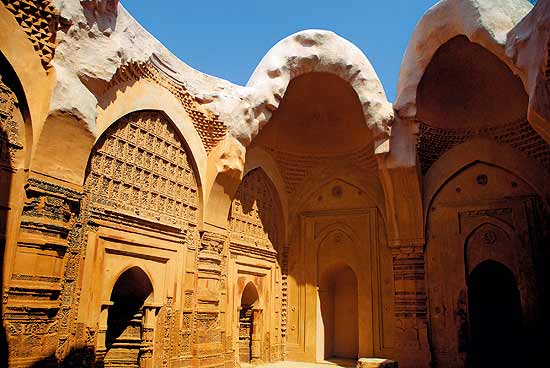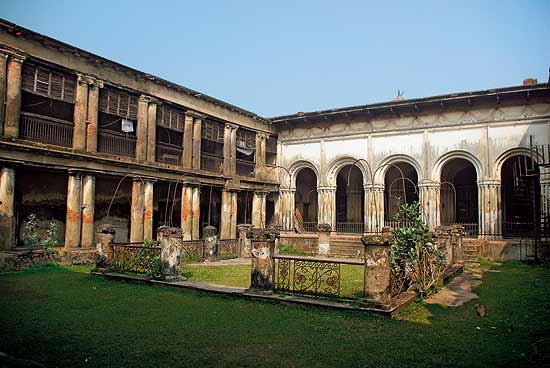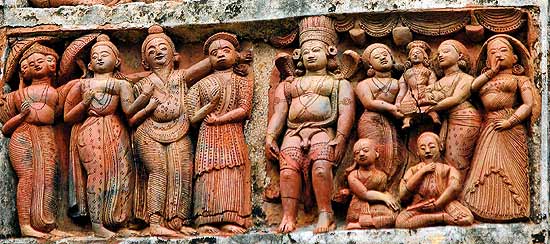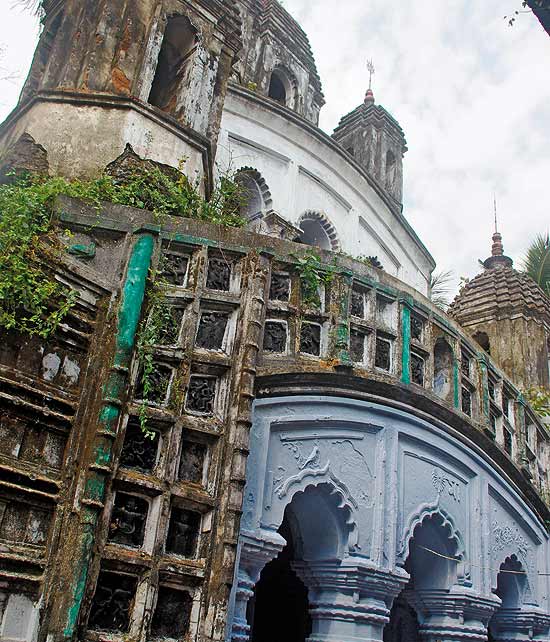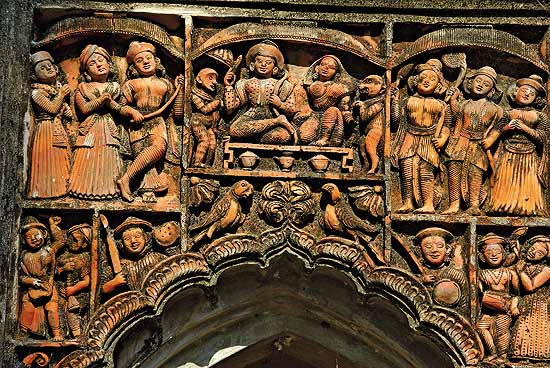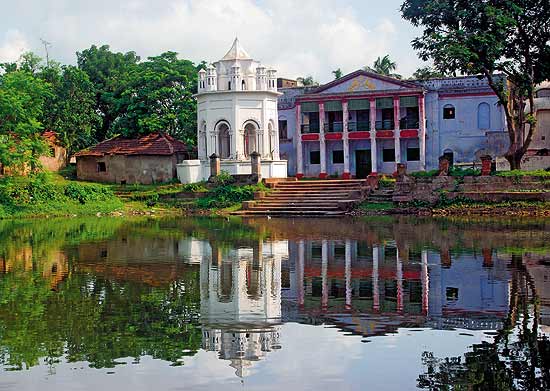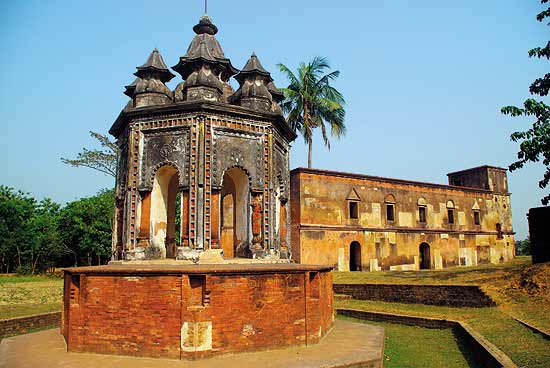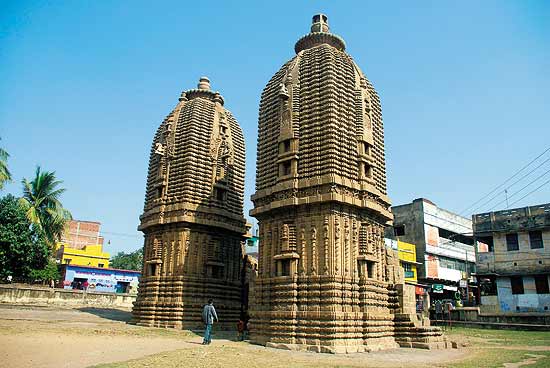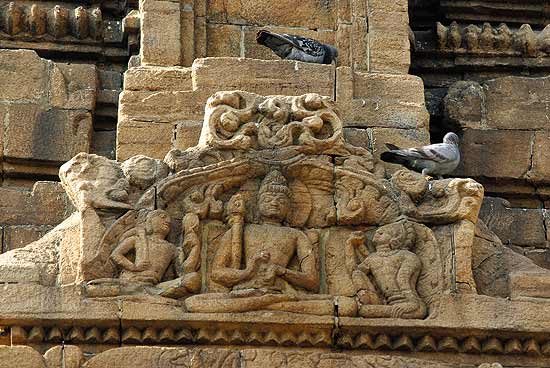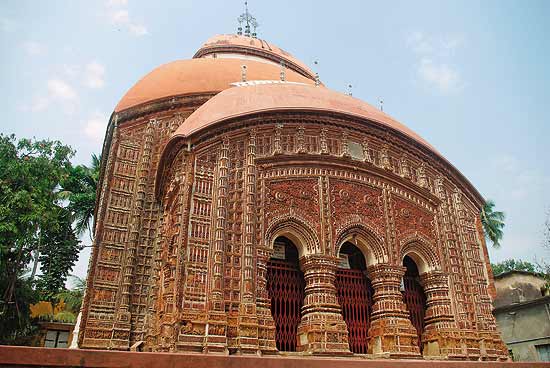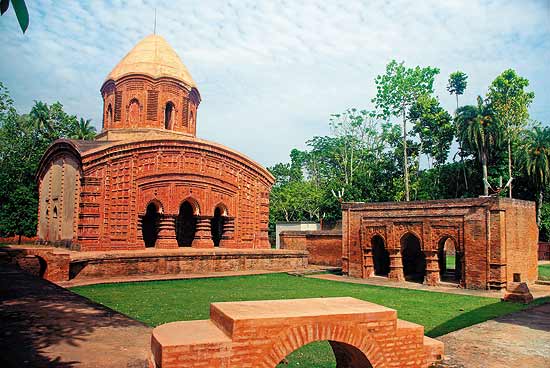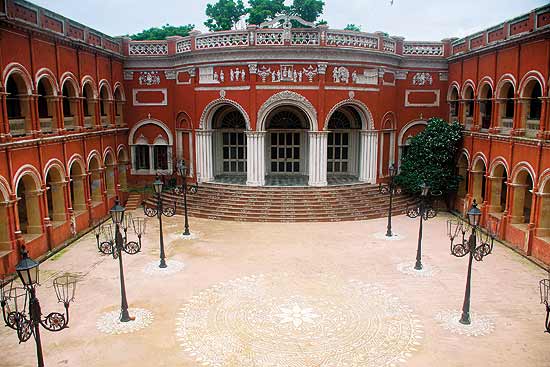By M H Ahssan Relatively little rested economically on the result of last November's US presidential election. John McCain was politically well towards the big-government wing of the Republican party, while successful Democrat Barack Obama, after an initial burst of public spending, will be forced by economic reality to retrench during his remaining years in office.
There is, however, an election pending that will have a far more important economic effect on the fate of mankind, causing a fifth of the world's population to remain mired in poverty or to move rapidly towards economic growth and prosperity. That election is in India.
The British colonial oppressors did a fairly decent job in India, but they got one thing horribly wrong: their exit. Apart from causing a civil war with 500,000 casualties, they essentially handed the country on a plate to the leftist Congress Party, run by economic illiterates (not that British economic policy between Neville Chamberlain and Margaret Thatcher was that much better). As a result, India suffered for the next four decades in an economic backwater with around 1% per capita economic growth and an endless proliferation of bureaucracy, the "permit raj".
There was a gradual easing of controls in the 1980s and a somewhat more vigorous one after 1991 under prime minister Narasimha Rao and his finance minister Manmohan Singh, but Indian economic growth thereafter appeared to relapse back into its usual torpor until the advent in 1998 of the Bharatiya Janata Party (BJP) government led by Atal Bihari Vajpayee. The Vajpayee government pursued market-opening policies with considerably more vigor than any of its predecessors, with the result that by 2004 Indian growth was running around 8% annually and the country had been included among Goldman Sachs' BRIC (Brazil, Russia, India and China) group of emerging markets that would in future dominate the planet.
In an exhibition of voter ingratitude unequalled since the British electorate threw out Winston Churchill in 1945, the Indian electorate in 2004 rejected Vajpayee and the BJP so strongly that a Congress-dominated coalition was formed under Manmohan Singh. There was much talk of further economic reform, but in reality reform essentially ceased, although economic growth didn't.
However, like all Congress governments the Manmohan administration proved to be addicted to public spending and fiscal indiscipline, with the spending outcome for the 2008-09 fiscal year being fully 20% above the budget estimate for that year. Since most Indian states also run budget deficits, the overall Indian fiscal deficit has widened in the global downturn to around 12% of gross domestic product.
The Economist poll of forecasters predicts Indian growth of 5% in 2009 and 6.4% in 2010, but if the fiscal deficit persists at these levels, that growth will almost certainly be curtailed by financing difficulties. Indian inflation in the 12 months to February ran at 9.6%, while three-month interest rates are currently at 4.5%.
In spite of India's magnificent export successes in last decade, the current account deficit is already running at 3.7% of gross domestic product (GDP). In other words, under present policies, the Indian economy is an accident waiting to happen, with an inflationary crisis and seizure of financial markets the most likely form for the breakdown - the rupee is already down 20% against the US dollar in the past year and could easily collapse if things go wrong enough.
Nevertheless, the potential of the Indian economy remains enormous, if only the country can find a proper government. The announcement last week of Tata Motors' new US$2,000 Nano automobile demonstrates why. The combination of a vast supply of extremely cheap labor and a domestic market that can provide manufacturers a large enough domestic market for their products for economies of scale to be achieved is rare.
Outside of India and China, emerging market automobile producers have the enormous problem of an inadequate domestic market, so are forced to rely on export markets, in which it is very difficult to achieve enough volume quickly. Malaysia's Proton automobile company had most of the advantages of Tata, but without an adequate domestic market it was never able to expand enough to make itself truly internationally competitive.
However, the Tata saga also demonstrates India's problems. Tata had originally intended to launch the Nano last October, manufacturing it at Singur, in the state of West Bengal. It had obtained permission from the Communist government of West Bengal and had spent $350 million on the plant. Nevertheless, in early October, it was forced by local protests led by West Bengal's opposition party, the Congress offshoot Trinamool Congress, to abandon the plant and transfer production to a new factory in Gujarat, which will not be ready until 2010.
Meanwhile, Tata is being forced to manufacture Nanos at its plant in Pantnagar, a facility that will only allow annual production of 50,000 Nanos, compared with the 250,000 that Tata believed it could sell in its first year - and with 51,000 advance orders in the first 10 days from the product's official launch, Tata's estimate of the Nano's sales potential may even have been low. (See Nanomania sweeps India, Asia Times Online, April 15, 2009).
The stakes in the Indian election are thus high. At one extreme of possible results, India can continue its progress as an emerging market with Chinese-style growth rates and a population that is expected to exceed China's by 2025. Such an India would be a highly important strategic balance to China, and a magnificent ally for the United States and Europe, balancing China and Russia's authoritarian leanings. Most important, over the next generation, it would lift a fifth of the world's population out of poverty.
At the other extreme, India can suffer a financial crisis that ends the current spurt of growth, followed by a reversion to the "Hindu rate of growth", leaving the country mired in poverty, a problem rather than a solution to the world's geopoliticians, with conflict with nuclear-armed Pakistan an ever-present possibility and its myriad inhabitants everlastingly impoverished.
The Indian election takes place in five phases between April 16 and May 13. The chance of the optimal outcome must be reckoned as slender. Vajpayee has retired from politics (he is 85) and the new BJP leader Lal Krishna Advani (himself 81) is not particularly economically oriented and has a history of Hindu extremism that may prove highly off-putting to Moslem voters and somewhat off-putting to moderates. Nevertheless, the reformist former finance minister (2002-04) Jaswant Singh is still active in the party, leading the opposition in the upper house of parliament and in this election standing for election in Darjeeling, West Bengal (at 71, he is a stripling by Indian political standards.)
The economic failings of the Manmohan government have not yet become fully apparent. India is in the "stimulus" phase of excessive public spending when it creates spurious economic growth but has not yet run up against the financial constraints nor made fully apparent its disadvantage in accelerating inflation and "crowding out" private investment. Thus, a BJP absolute majority or a position so close to a majority that it could easily govern with the adherence only of like-minded free-market parties in the National Democratic Alliance is not very likely.
The most likely outcome is a renewal of the Congress-dominated coalition, which is currently leading in opinion polls but without an absolute majority. Manmohan would presumably continue as nominal prime minister, although at 76 and in recovery from a January 2009 heart surgery, he may become increasingly a figurehead, deferring to Sonia Gandhi and her son Rahul, 38, the natural next leader of the dynastically dominated Congress. (Rahul is the son, grandson and great grandson of Congress Party Indian prime ministers).
Since Congress is likely to expand only modestly from its current 150 seats (out of 545), even if Manmohan wished to return to his 1990s reformism, he would be unable to do so because the coalition would include communists or other anti-market elements. Rahul is Western-educated and has worked for the Monitor strategic consultancy, but his family tradition of state control make him an unlikely reformist, although in spite of his youth he would probably be more able to control the left of a Congress coalition than Manmohan.
Given the weakness of Congress and BJP, it may well be that neither Advani nor Manmohan will be able to form a government, with regional parties holding the majority of seats in parliament. A group of those parties, mostly left-oriented, have formed a "Third Front", which would most likely ally with Congress, although its leader Mayawati, chief minister of Uttar Pradesh, might be an alternative prime ministerial candidate.
Mayawati has held no non-political jobs other than schoolteacher; it is thus interesting that in 2007-08, she was the highest taxpayer among Indian politicians, paying 260 million rupee (US$5.2 million) in tax.
It's a pretty grim prospect. The chances are that after the dust clears in mid-May, India will elect another anti-market government, or possibly submerge itself for a couple of years in political squabbling. In either case, its stellar growth record is likely to come to an unpleasant end.
Given the abdication of Russia also from serious pretensions as a growth market, the BRIC group of emerging growth markets will in that event have narrowed itself to BC. With the United States, Europe and Japan also mired in low growth and excessive budget deficits, the 2010s are likely to be a miserable global decade.

 It’s that time of year when everything is bathed in a warm, fuzzy, honey glow and there’s a sweet fragrance in the air. That might be partly due to summer setting in across India but it’s also because the best (and India’s national) fruit is making the rounds.
It’s that time of year when everything is bathed in a warm, fuzzy, honey glow and there’s a sweet fragrance in the air. That might be partly due to summer setting in across India but it’s also because the best (and India’s national) fruit is making the rounds. 










